Striped Effects:
Articulating the Material and Immaterial [Conference Paper]
Conference
Interstices 14: “Immaterial Materialities”: Materiality and Interactivity in Art and Architecture.” Sydney, Australia.
Abstract
The striped interior of Siena Cathedral is often cited as a wondrous experience: the intensity of its patterned surfaces striking the viewer as both dazzling and disorienting. It is a remarkable demonstration of the psycho-perceptual effects of stripes, and their capacity to assert both the physical and visual conditions of space in a dialectical interplay that oscillates between materiality and immateriality. Of course, a striped pattern can itself be understood in such dualistic terms: as a physical organisation of matter into banded chromatic oppositions; and as an optical structure independent of its physical support. With this duality in mind, the paper examines the relationship between stripes and materiality, and the complex effects, both physical and perceptual, produced by architectural surfaces articulated with bands of materials.
Fundamentally, these effects emerge because stripes are intensely conspicuous. They draw attention to themselves and lead our eyes across a given surface. Such operative qualities of stripes can amplify, unify and clarify building form, but they can also overwhelm it, destroy its unity and obfuscate its extents. Stripes also enhance the directionality of architectural space—by asserting the frontality and flatness of the façade, or by exaggerating the phenomenal rotational movement of the building—enabling a kind of control over the perception of form, achieved through the patterning of its material and construction. This control extends over the observer, compelling them to stand before, or to move about the building, according to its frontal or rotational directives.
The paper is located within the broader contemporary context of resurgent interest in pattern and ornament. While the use of stripes has its origins in Roman construction, it will be shown to have significant implications for contemporary “surface” theory and practices. In particular, it will be argued that the effects produced by stripes actually constitute a unique kind of ornamental condition. This might be understood in terms of “perceptual artifice,” in which the organisation of materials into stripes, can locate the viewer and choreograph their movement through space, by exerting its control over the visual perception and affective phenomena of architecture.
Details
Author: Ashley Paine
Conference Location: Sydney, NSW
Date: 2012
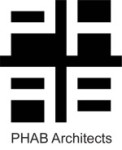
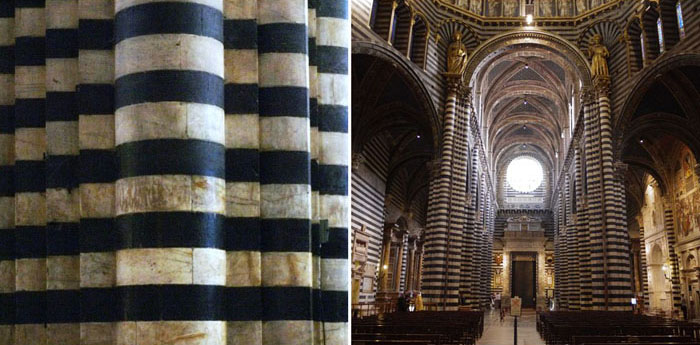
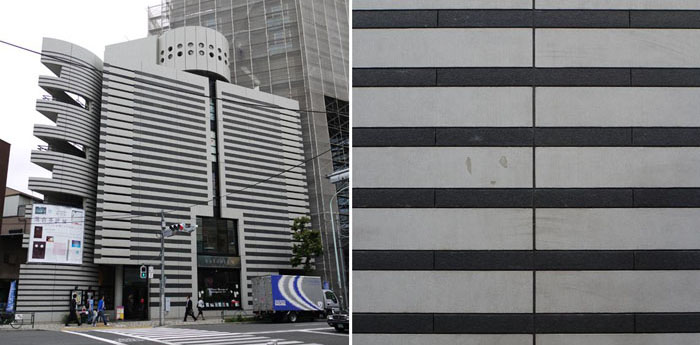
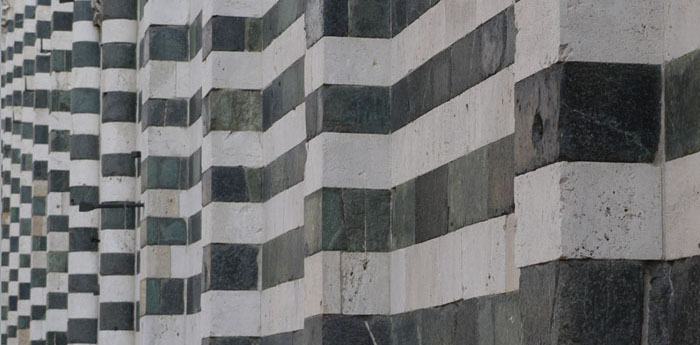
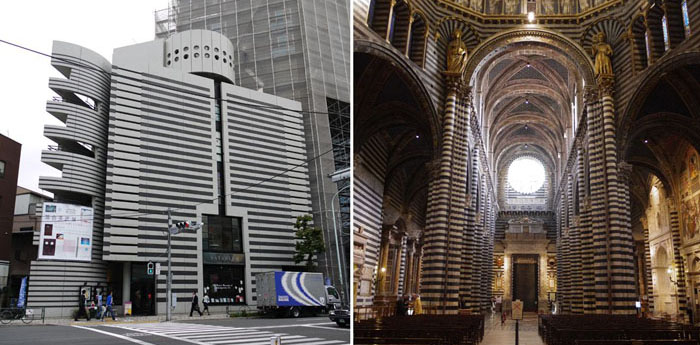
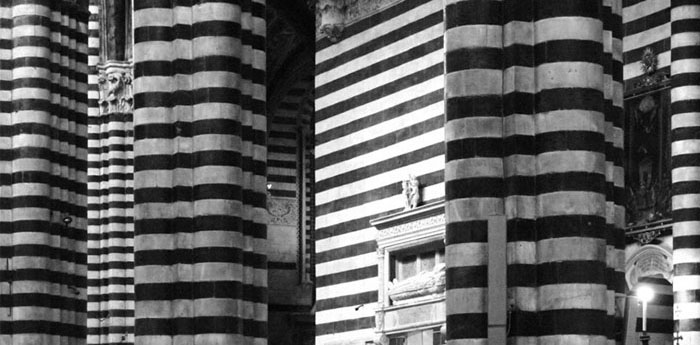
Follow Us